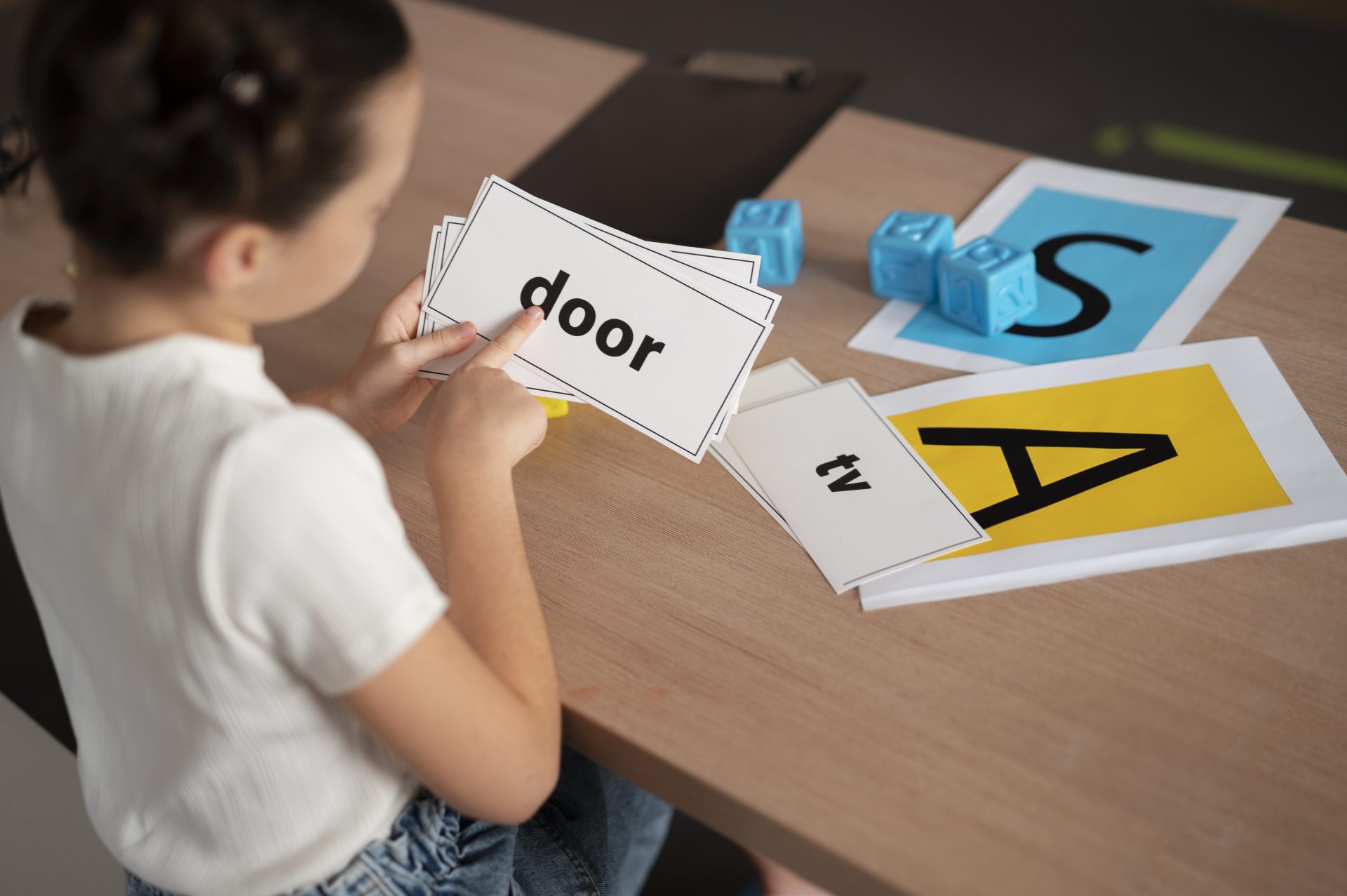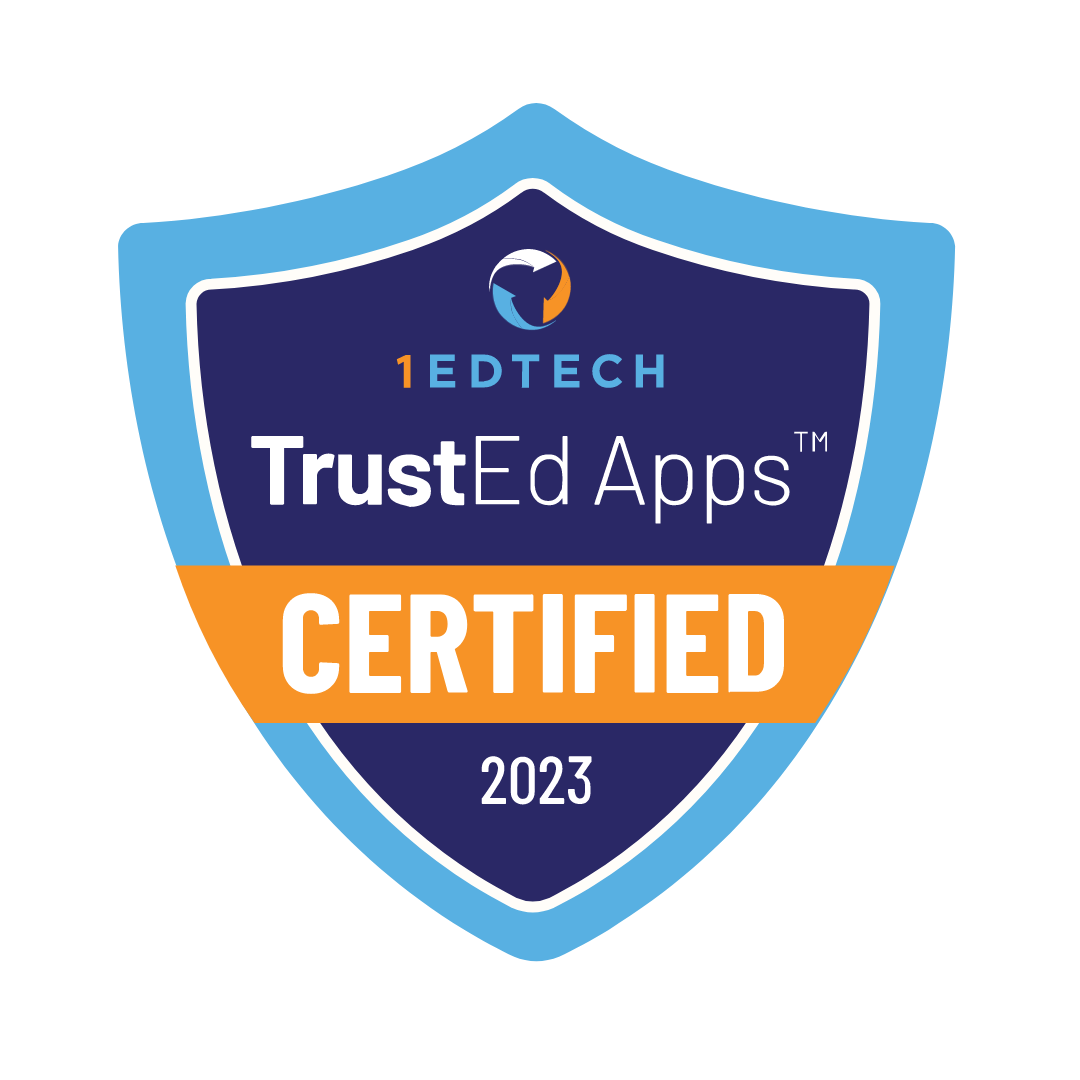Contents
- 1 Identifier le style d’apprentissage de l’enfant TDAH
- 2 Choisir des supports pédagogiques adaptés à l’âge
- 3 Personnaliser un programme scolaire adapté au TDAH
- 4 Outils et techniques pour un enseignement efficace
- 5 Gérer le calendrier et la structure de l’école à la maison
- 6 Accès au soutien et aux ressources pour l’école à la maison avec le TDAH
Qu’est-ce que le TDAH ? Le TDAH est un trouble neurodéveloppemental qui se manifeste par des symptômes d’inattention, d’hyperactivité, d’impulsivité et de dysrégulation émotionnelle.
Pour choisir un programme d’enseignement à domicile pour un enfant atteint de TDAH, il faut reconnaître ses méthodes d’apprentissage préférées : visuelle, auditive, pratique ou lecture/écriture.
Le programme doit être adapté à son style d’apprentissage et à son âge, par exemple avec des jeux interactifs pour les plus jeunes et des logiciels pour les plus âgés. La création d’un programme adapté favorisera le développement et l’engagement de l’enfant.

Identifier le style d’apprentissage de l’enfant TDAH
Les enfants diagnostiqués avec un TDAH ont souvent des styles d’apprentissage uniques. Les éducateurs doivent identifier ces styles d’apprentissage afin de créer un programme personnalisé pour eux. Il existe quatre préférences d’apprentissage principales : auditive, visuelle, kinesthésique et lecture/écriture.
- Les apprenants visuels préfèrent les aides visuelles.
- Les apprenants auditifs apprennent mieux en écoutant.
- Les apprenants kinesthésiques s’épanouissent dans des activités pratiques.
- Les personnes qui apprennent à lire et à écrire tirent profit des mots écrits ou parlés.
Il est essentiel d’identifier le style d’apprentissage principal d’un enfant TDAH pour améliorer son expérience éducative en adaptant le programme à sa méthode d’apprentissage préférée. Cela contribuera également à améliorer ses résultats scolaires et son engagement.
Par exemple, l’intégration d’activités basées sur le mouvement pour les apprenants kinesthésiques peut améliorer leur compréhension et leur rétention des concepts clés. Personnaliser le programme scolaire en fonction des besoins spécifiques de l’enfant est essentiel pour un soutien efficace à l’apprentissage.

Choisir des supports pédagogiques adaptés à l’âge
Le choix d’un matériel approprié pour un enfant atteint de TDAH est crucial pour son développement, car il l’aidera à poursuivre son apprentissage dans la bonne direction. Personnaliser les stratégies et les outils pédagogiques en fonction de la tranche d’âge et des besoins individuels devient la clé du succès pour les enfants atteints de TDAH.
Pour les plus jeunes, l’utilisation de ressources visuellement attrayantes comme les livres et les jeux interactifs stimulera leur intérêt et leur compréhension, tandis que les enfants plus âgés auront besoin de matériel plus complexe pour les stimuler intellectuellement.
Les outils d’apprentissage basés sur la technologie, tels que les applications éducatives, permettent d’adapter l’expérience éducative aux besoins de chaque enfant. Il est important de proposer des expériences d’apprentissage interactives et immersives aux enfants atteints de TDAH pour les aider à s’engager et à retenir l’information.
L’adaptation du matériel pédagogique à l’âge et aux besoins des élèves crée un environnement propice à leur style d’apprentissage, ce qui, en fin de compte, favorisera une expérience d’apprentissage positive.
Personnaliser un programme scolaire adapté au TDAH
L’enseignement à un enfant atteint de TDAH nécessite une approche personnalisée en raison des forces et des faiblesses propres à chaque enfant. L’école à la maison offre la souplesse nécessaire pour adapter le programme aux besoins spécifiques de l’enfant. Il est important de combiner flexibilité et structure dans le plan d’éducation afin de maintenir l’engagement de l’enfant.
Les méthodes d’enseignement traditionnelles peuvent ne pas être efficaces pour les enfants atteints de TDAH. L’utilisation de ressources spécialisées et d’outils d’apprentissage multisensoriels peut leur être très bénéfique. Par exemple, l’incorporation de vitrines visuelles en mathématiques peut rendre les concepts abstraits plus compréhensibles. Des pauses pour bouger et l’accès à des jouets qui bougent peuvent aider à maintenir la concentration pendant les heures d’étude.

Outils et techniques pour un enseignement efficace
L’enseignement à un enfant atteint de TDAH peut être rendu agréable grâce à des stratégies et des ressources appropriées. Une méthode efficace consiste à créer un emploi du temps pour aider l’enfant à rester organisé et à gérer son temps efficacement. Des minuteurs peuvent également aider à diviser les tâches en morceaux gérables et à motiver l’enfant.
Les outils d’organisation, tels que les classeurs à code couleur, peuvent aider à maintenir l’ordre dans le matériel d’étude et favoriser la mémorisation. Les activités d’apprentissage interactives et pratiques sont essentielles pour impliquer les enfants atteints de TDAH. Le renforcement positif par le biais de récompenses et d’éloges peut motiver le bon comportement et les progrès scolaires, ce qui renforcera la confiance et l’enthousiasme pour l’apprentissage.
Gérer le calendrier et la structure de l’école à la maison
L’établissement d’un emploi du temps procure aux enfants un sentiment de sécurité et de clarté, ce qui est particulièrement important pour les enfants souffrant de TDAH.
Un emploi du temps structuré peut grandement améliorer leur expérience quotidienne en leur fournissant une feuille de route pour la journée, en les aidant à rester concentrés et organisés. La création d’un emploi du temps pour l’école à domicile d’un enfant atteint de TDAH sera utile en divisant la journée en segments pour différentes activités qui devraient inclure des cours, des exercices physiques et des pauses pour se ressourcer.
Les aides visuelles, comme les emplois du temps codés par couleur, peuvent renforcer les routines et faciliter la navigation dans les tâches quotidiennes. La recherche montre que les supports visuels sont bénéfiques pour les enfants souffrant de TDAH, car ils offrent une certaine prévisibilité. La mise en œuvre de ces stratégies dans le cadre de l’école à la maison permet d’établir des bases solides pour un apprentissage quotidien réussi.
Accès au soutien et aux ressources pour l’école à la maison avec le TDAH
Lorsqu’un enfant atteint de TDAH fait l’école à la maison, le soutien et les ressources dont il dispose peuvent faire une grande différence. De nombreux parents sont confrontés à des défis dans le monde entier, mais ils ne sont pas seuls. Les plateformes offrant un éventail d’informations allant des conseils d’organisation des cours aux techniques d’enseignement peuvent s’avérer utiles.
Ces sites web fournissent des conseils d’experts et des ressources adaptées à l’enseignement à domicile d’enfants atteints de TDAH, ce qui permet aux parents de personnaliser leur approche. La mise en relation avec d’autres parents sur des forums en ligne peut apporter un réconfort et des informations précieuses. Les groupes de soutien locaux peuvent également offrir une aide pratique et des contacts avec des familles similaires.
L’accès à ces ressources et à ces communautés fournira les conseils et le soutien nécessaires pour faire efficacement l’école à la maison à un enfant atteint de TDAH, ce qui rendra l’expérience plus facile et plus gérable.
Consultez les programmes de l’école en ligne Legacy pour trouver ce dont vous avez besoin :
- Le programme de l’école primaire de Legacy Online School place la barre très haut. Il s’agit d’une éducation de qualité. Nous nous efforçons d’éveiller la curiosité. Nous nous efforçons également d’encourager la créativité. Nous proposons un programme d’études solide. Nous sommes aidés en cela par des éducateurs qualifiés.
- La Legacy Online Middle School propose un enseignement numérique. Elle est conçue pour les élèves de l’enseignement secondaire. L’école est fière d’offrir des cours en ligne en direct, dispensés par des enseignants certifiés. Les cours sont en ligne et interactifs.
- Legacy Online High School est une méthode unique d’apprentissage en ligne soigneusement conçue pour les élèves du secondaire. Elle combine l’apprentissage synchrone, un large éventail de méthodes pédagogiques et met l’accent sur l’accessibilité.
Legacy Online School offre le meilleur programme d’études pour vous et votre enfant afin de bénéficier de la meilleure expérience éducative en ligne.
Notre programme rigoureux garantit que les diplômés sont bien préparés pour les universités et les lieux de travail du monde entier. En outre, nos clubs virtuels dynamiques relient les étudiants du monde entier.





